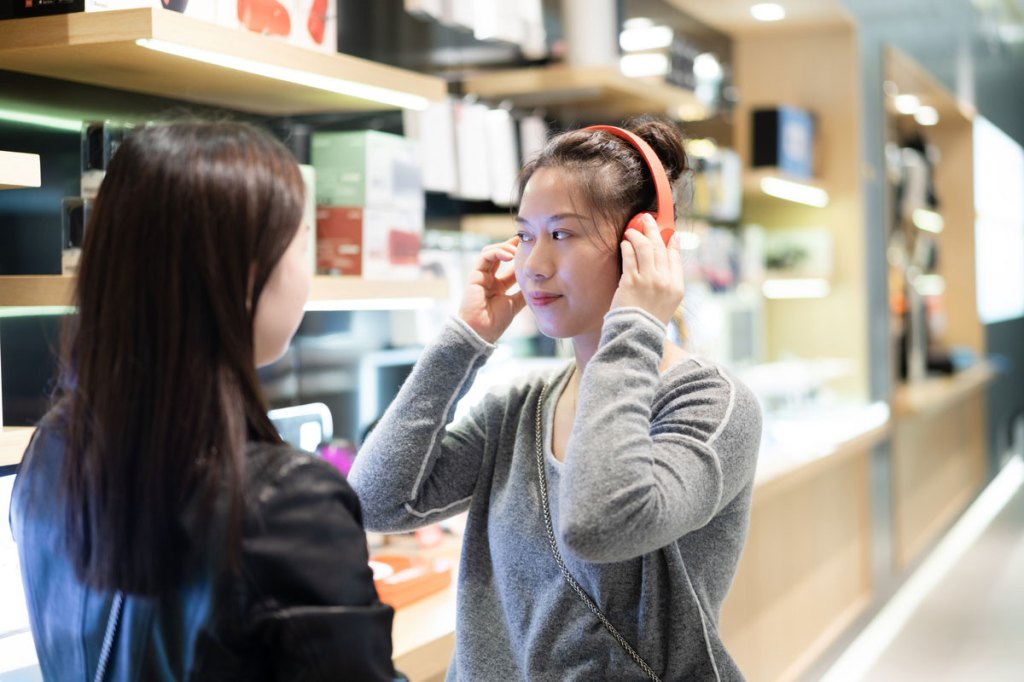After a brief respite in the previous month, consumer sentiment in Germany is continuing its downward spiral in June. Both economic and income expectations along with the propensity to buy have suffered losses. As a result, GfK is forecasting -27.4 points in consumer sentiment for July, down 1.2 points from June of this year (revised from -26.2 points). These are the findings of the GfK Consumer Climate Study for June 2022.
Consumer sentiment has reached an all-time low. Since the collection of data for the whole of Germany started in 1991, the current value is the lowest that has ever been measured. “The ongoing war in Ukraine and disruptions in supply chains are causing energy and food prices in particular to skyrocket, resulting in a gloomier consumer climate than ever before”, explains Rolf Bürkl, GfK consumer expert. “Above all, the increase in the cost of living, which is almost eight percent at present, is weighing heavily on consumer sentiment and sending it into a downward spiral.”
In addition to ending the war in Ukraine, the key factor for a sustained turnaround in consumer sentiment is a reduction in high inflation rates. First and foremost, the European Central Bank must provide support in the form of an appropriate monetary policy. However, all implemented measures must be carefully considered to prevent an excessively restrictive monetary policy from plunging the already ailing German economy into recession.
Risk of recession remains high from a consumer perspective
After a brief recovery in May of this year, the economic expectations have worsened again this month. The indicator has fallen 2.4 points to -11.7 points. Compared with the corresponding period of the previous year, the decrease was actually around 70 points.
Consumers continue to see a significant risk of the German economy slipping into recession. Supply chain problems and the war in Ukraine are currently hindering production in Germany. In addition, private consumption, which is an important pillar of economic growth, is threatening to slump due to the high level of inflation.
Income expectations fall to a 20-year low
Income expectations are continuing their rapid descent in June. The increase measured in the previous month has therefore proven to be just a brief respite. The indicator has fallen 9.8 points to -33.5 points. This is the lowest value in almost 20 years. The measurement in December 2002 was -35.5 points. Compared with the previous year, income sentiment shows a drop of almost 68 points.
Inflation rates of currently almost eight percent are not only casting a shadow over consumer sentiment, but they are also diminishing the purchasing power of private households. As a consequence, any financial resources saved during the lockdown phases over the past two years will probably not be used for purchases and acquisitions to the desired extent. The domestic economy will suffer in the coming months as a result.
Propensity to buy continues downward trend
In the wake of falling economic and income expectations, the propensity to buy has also declined, with the indicator dropping 2.6 points to a current value of -13.7. A lower value has not been measured since the financial and economic crisis in October 2008 with -20.1 points.
The diminishing purchasing power resulting from inflation is also having an increasing impact on the propensity to consume. If private households are having to spend significantly more on energy and food, fewer financial resources will be available, especially for larger purchases.
Planned publication dates 2022:
- Wednesday, July 27, 2022, 8 a.m.
- Friday, August 26, 2022, 8 a.m.
- Wednesday, September 28, 2022, 8 a.m.
- Thursday, October 27, 2022, 8 a.m.
- Friday, November 25, 2022, 8 a.m.
- Wednesday, December 21, 2022, 8 a.m.
About our methods
The survey period for the current analysis was June 2 to June 13, 2022. The results are extracted from the “GfK Consumer Sentiment MAXX” study and are based on around 2,000 consumer interviews per month conducted on behalf of the European Commission. This report presents the indicators in graphical form, accompanied by brief comments. Consumer sentiment refers explicitly to all private consumer spending. Depending on the definition used, however, retail accounts for only around 30 percent of private consumer spending. Services, travel, rent, health services, and the wellness sector as a whole account for the rest. Again, this does not concern retailer sales, but instead refers to total consumer spending. Propensity to buy, like all other indicators, is a confidence indicator. It indicates whether consumers currently consider it advisable to make larger purchases. Even if they answer “Yes” to this question, there are two further requirements for making a purchase: The consumer must have the money required for such a large purchase and must also see a need to make this purchase. Furthermore, this actually only concerns durable consumer goods that also require a larger budget.
Media contact: Eva Böhm, T +49 911 395 4440, public.relations@gfk.com
Download press release:
GfK. Growth from Knowledge.
For over 85 years, we have earned the trust of our clients around the world by supporting them in business-critical decision-making processes around consumers, markets, brands, and media. Our reliable data and insights, together with advanced AI capabilities, have revolutionized access to real-time, actionable recommendations that drive marketing, sales and organizational effectiveness of our clients and partners. That’s how we promise and deliver Growth from Knowledge.



